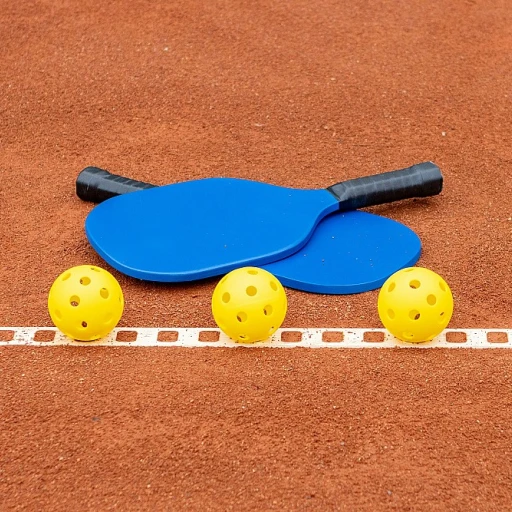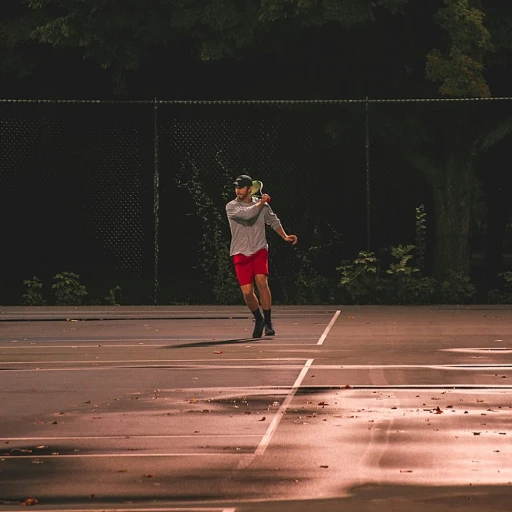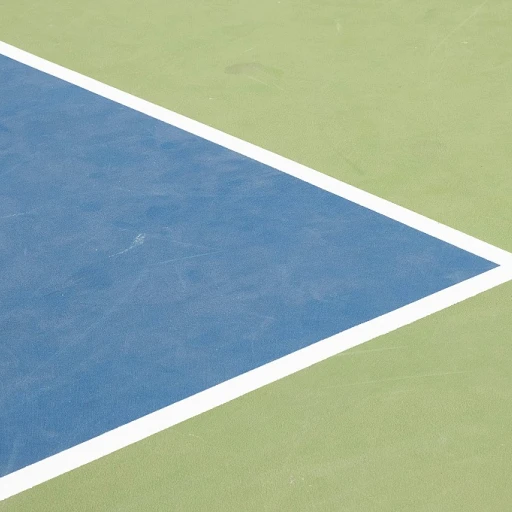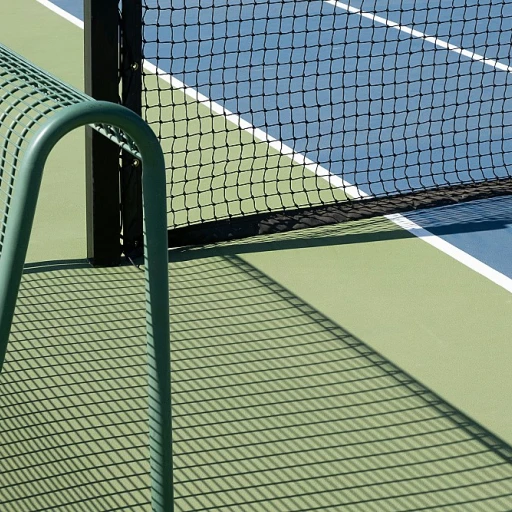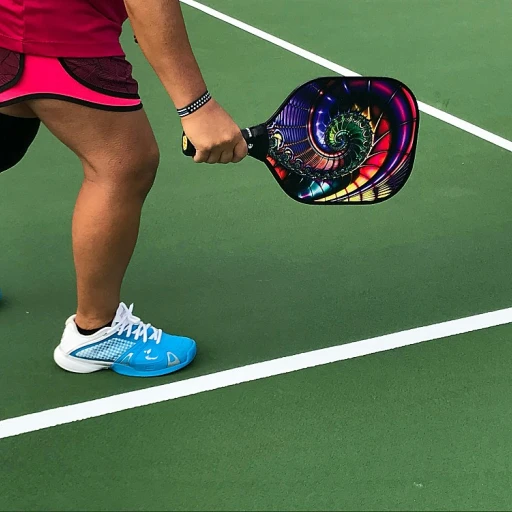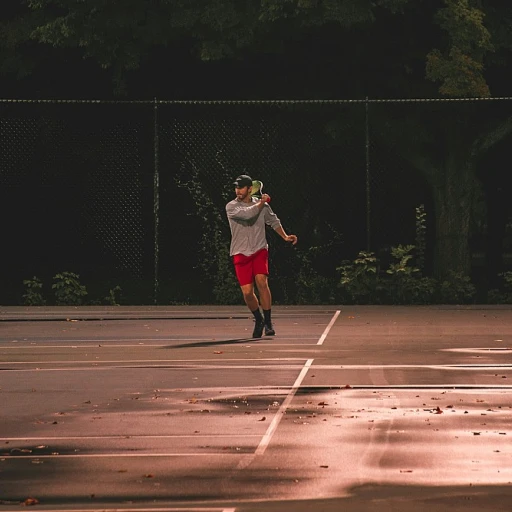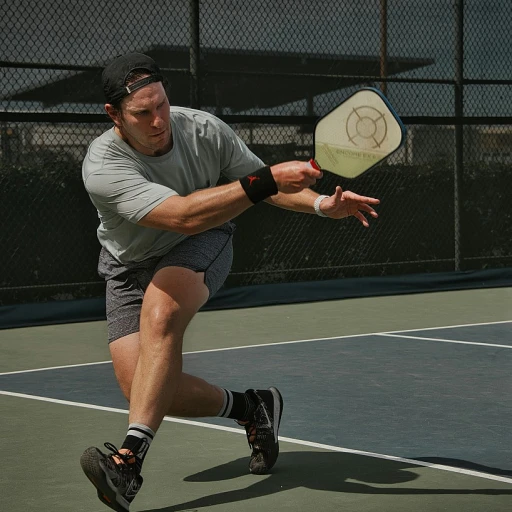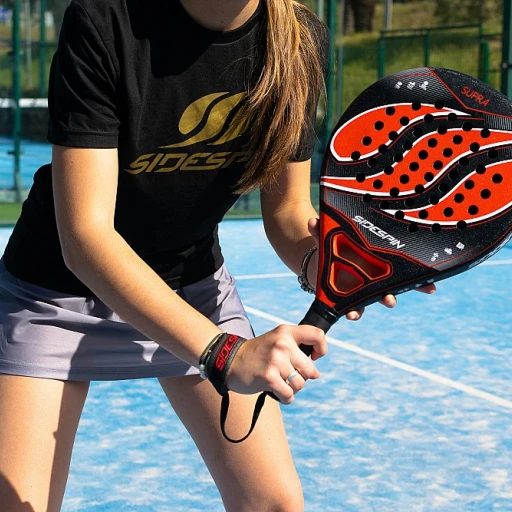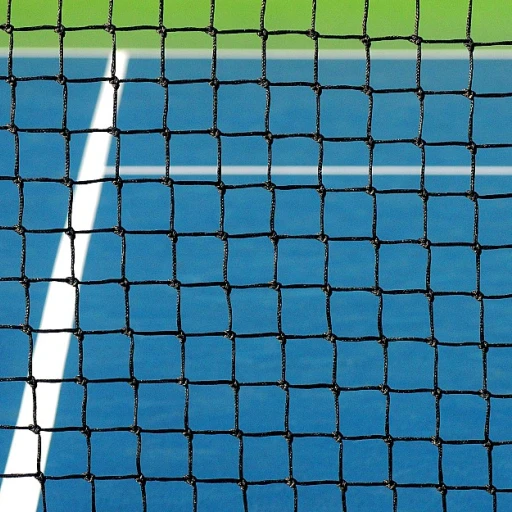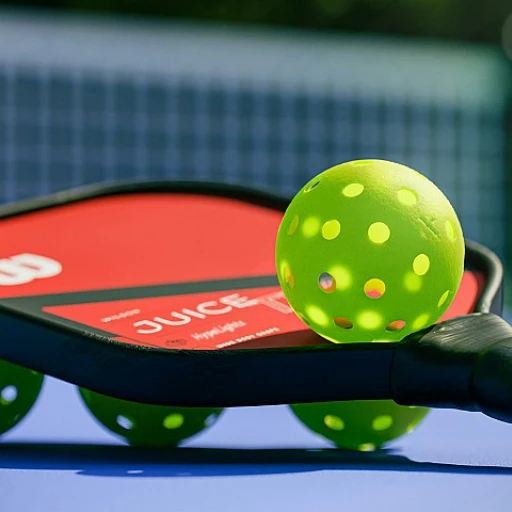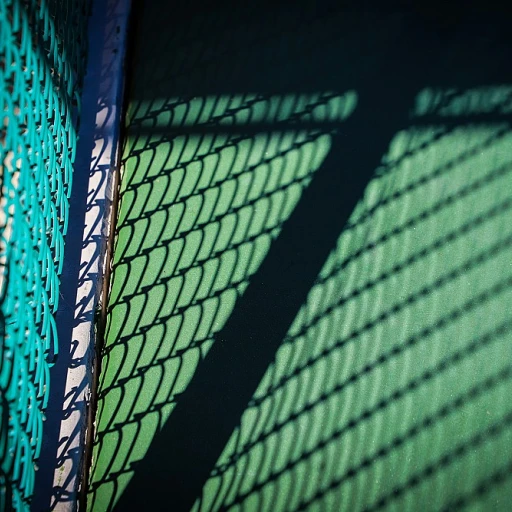
The Basics of Pickleball and Tennis Nets
Understanding the Fundamental Differences
When it comes to sports like tennis and pickleball, one of the primary elements players notice is the net itself. Both tennis and pickleball are played with a net, serving as a central barrier on the court, but there are clear distinctions between the two, affecting how each game is played. To begin with, the most evident difference lies in the net height and width. Tennis nets are approximately 42 inches high at the posts and reach 36 inches at the center. In contrast, pickleball nets are lower, standing at 36 inches high at the posts and dipping to 34 inches at the center. This difference in net height influences how the ball travels over it and subsequently affects game strategies. In terms of width, tennis courts are broader, so naturally, tennis nets are longer, usually about 33 feet wide. Meanwhile, pickleball courts are smaller, and therefore, the nets are about 22 feet wide. These size disparities cater to the unique dynamics and pace of both sports. Both types of nets need to be fixed firmly using appropriate posts to endure the constant play and pressure during a match. The structural setup of the net can significantly impact players' performance, indicating why choosing suitable equipment tailored for the specific sport is crucial. In essence, the variations between pickleball and tennis nets encapsulate the broader differences in the sports themselves, from gameplay to court design. Understanding these distinctions helps players enhance their court experience, whether aiming to compete or just play casually. For a more detailed comparison between the net heights, you can refer to this comprehensive guide on comparing the net heights of pickleball and tennis.Height and Width: Key Measurements
Dimensions Demystified: Height and Width
When analyzing the dimensions of pickleball and tennis nets, understanding the differences in height and width is crucial for players. These metrics directly influence how sports are played and strategized. Pickleball nets typically measure 36 inches high at the posts and 34 inches at the center. This specific height allows for a range of shots with the pickleball paddle, facilitating strategic players' moves. Conversely, tennis nets are higher; standing at 42 inches tall at the posts and 36 inches at the center, they present an additional challenge with a greater arch, requiring players to adapt their tennis play accordingly. Width is another contrasting element. While a standard pickleball court is 20 feet wide, the tennis court is wider, spanning 27 feet for singles play and 36 feet for doubles. These differences in size not only alter the gameplay but also impact how players position themselves on their respective courts. These distinctions make it essential for athletes to adjust techniques and strategies when switching between pickleball and tennis, highlighting why understanding net dimensions matters. For more detailed insights, consider exploring comparing the net heights of pickleball and tennis for an in-depth discussion on the impact of these measures on strategies and gameplay.Material and Durability Considerations
Considerations for Material and Durability
When evaluating pickleball and tennis nets, it's important to consider the materials used for each. Typically, pickleball nets are crafted from durable nylon or polyethylene fabrics. These materials are specially designed to withstand diverse weather conditions, ensuring longevity on the court. In contrast, tennis nets often utilize braided polyethylene or polyester with double mesh near the top. This enhanced strength is critical in tennis, where the ball makes more frequent contact with the net compared to pickleball. Additionally, the posts supporting these nets also differ. Tennis net posts are often sturdier, bolstered by heavier materials to support the greater tension required across the longer span of a tennis net. Pickleball net posts, while still durable, are made with lighter materials given their shorter span of approximately 22 feet. The quality of these materials directly impacts the gameplay. For pickleball players, using a net designed specifically for the sport will help maintain the correct net height and tension, ensuring the ball plays as intended. Meanwhile, tennis players rely on a resilient net that can endure the sport's higher velocity impacts. When choosing the right net for your needs, consider the frequency of play and specific climate conditions. Opting for high-quality materials will ensure that both pickleball and tennis courts maintain optimal conditions for gameplay, reducing potential disruptions due to net issues. For a deeper dive into how the visual appeal and design of the court impact play, you may want to explore the vibrant world of pickleball court colors. This resource offers further insights into how court design elements can enhance your playing experience.Impact on Game Strategy
Adjusting to Different Net Dynamics
The difference in net dimensions impacts the game strategy in both pickleball and tennis. The contrasting net height prohibits similar gameplay strategies and sets a distinctive challenge for players.- Pickleball: Pregame analysis will show that the net height is tailored to the sport’s fast-paced dynamics. The lower height, at just 34 inches at the center, allows for quick volleys and substantial control over the ball. This positioning emphasizes precision and finesse, making the pickleball paddle an essential tool for executing sharp, controlled shots.
- Tennis: Conversely, tennis nets stand taller at 36 inches at the center, demanding powerful serves and strategic play. The higher net height forces players to devise ways to put more spin and force into their shots, significantly affecting the stroke and swing techniques.
Installation and Maintenance Tips
Setting Up and Maintaining Your Net
When it comes to installation and maintenance, understanding the nuances of pickleball and tennis nets can enhance your overall experience on the court. Whether you’re setting up a pickleball net or a tennis net, accurate installation is vital to ensuring smooth play and extending the lifespan of your equipment.- Alignment and Tension
- Proper tension and alignment are critical. Ensure that the posts are securely anchored and the net itself is taut to provide consistency in bounce and gameplay.
- Net Height and Adjustment
- While the height pickleball net is standardized at 36 inches at the sidelines and 34 inches at the center, a tennis net is typically 42 inches at the posts and 36 inches in the center. Adjusting to these measurements is essential for maintaining game integrity.
- Anchoring and Security
- It’s crucial to securely anchor both pickleball and tennis nets to withstand vigorous play. This stability ensures the net won’t sag, which could affect ball trajectory and player performance.
- Weather Considerations
- Both sports involve outdoor play, which can lead to exposure to various weather conditions. Choose durable materials that resist wear and tear from elements. Some net materials might require removal or added protection during inclement weather to maintain longevity.
- Regular Inspection and Repairs
- Frequent check-ups on your net for any wear and tear can prevent minor issues from escalating. Replace worn-out netting to keep the court safe and meet the standard size specifications.
Choosing the Right Net for Your Needs
Finding the Right Fit for Your Game
Selecting the ideal net, whether for a pickleball court or a tennis court, hinges on several essential factors. Firstly, assess the sport you primarily play. If you regularly enjoy tennis, opting for a standard tennis net is beneficial, considering its specific height and width requirements adapted to the pace and techniques involved in the game. On the other hand, pickleball enthusiasts will naturally lean towards a pickleball net, recognizing its unique dimensions which cater to the game's dynamics.
Next, understanding the key size and height differences can guide your choice. For pickleball, net height centers at 34 inches, which is crucial for maintaining the game's consistency and flow. Tennis nets, conversely, have a higher center, making them less suitable for pickleball play without adjustments.
Consider the durability and material as well. Nets need to withstand varied weather conditions and frequent play. Therefore, prioritize nets that offer robust construction and reliable materials, whether you're focusing on one sport or plan to interchange between both.
Also, account for installation ease. Some nets may require more intricate setup due to their height or anchoring systems. Evaluate your physical space, ensuring that your net fits well within the designated area, accommodating for both sport kinds should you choose to alternate between tennis and pickleball on the same court.
Ultimately, aligning the net choice with your playing style, site requirements, and strategic gameplay can significantly enhance your court experience. Remember, the right net doesn't just meet size requirements; it complements your style of play and heightens the enjoyment. Whether you're setting up for a recreational backyard game or prepping a dedicated pickleball center, these considerations ensure you pick the best net for your sporting activities.



